Concept shows promise as a way to sidestep the energy penalties of numerous industrial separations

Scientists have developed membranes that separate carbon dioxide from nitrogen. The membranes feature porous graphene decorated with polymers and use interactions between the polymers and carbon dioxide to create a system that can selectively filter carbon dioxide out of flue gas.
Carbon capture and storage remains one of the most promising strategies to limit the impact of carbon emissions. Some industrial plants already capture carbon dioxide using amine sorbents, where heating regenerates the amines and removes the carbon dioxide – but this process is energy intensive.
Now, scientists led by Kumar Agrawal at the Swiss Federal Institute of Technology Lausanne (EPFL) have designed a polymer-functionalised graphene membrane that could rival industry’s current approach and present a more energy efficient method to filter carbon dioxide out of industrial emissions. ‘We designed the membrane while optimising the two aspects that are key for separation: the selective layer thickness and the affinity for carbon dioxide,’ says Agrawal.
Unlike sorbents, membranes operate in a steady state. Carbon dioxide in the flue gas pumped onto the membrane interacts with the polymers on the surface. These interactions build up a higher concentration of carbon dioxide than nitrogen at the interface and the concentration difference causes carbon dioxide to pass through the membrane’s pores. ‘In a way we are regenerating it automatically,’ explains Agrawal.
The membranes, which are much thinner than existing membranes, have a selectivity of 22.5 and permeance of 6180 gas permeation units (GPU), exceeding the targets of 20 and 1000 GPU set by the US Department of Energy. This means that the membrane blocks 96% of the nitrogen in the flue gas, yet lets through a small amount to ensure its pores aren’t blocked off by nitrogen, which keeps carbon dioxide filtering through quickly.
‘The most impactful aspect is the preparation of high-quality samples of single-layer porous graphene-polymer hybrid membranes,’ comments Sankar Nair, who researches the use of nanoporous membranes in renewable and clean energy at Georgia Institute of Technology, US. ‘Practical large-scale applications may have a longer way to go.’
While the team has only made centimetre-sized versions of their membrane, Agrawal says they could ultimately alter carbon capture technology, as well as other industrial separations. ‘If you can do it for carbon dioxide and nitrogen, you can do it for any molecule.’
References
This article is open access
G He et al, Energy Environ. Sci., 2019, DOI: 10.1039/c9ee01238a
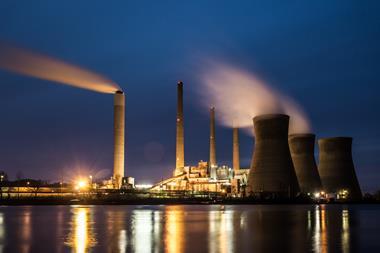
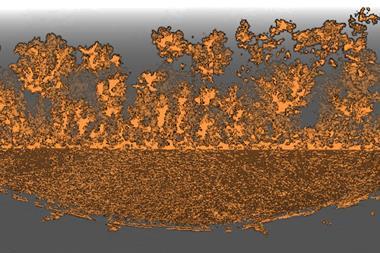
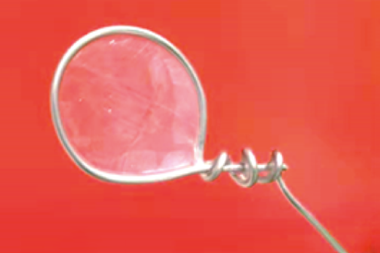
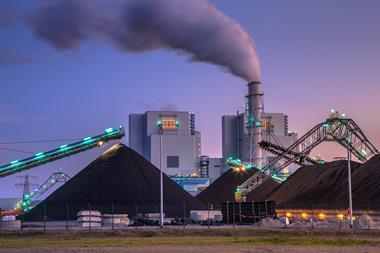
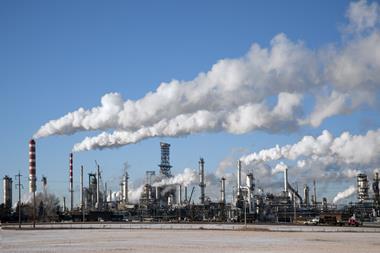







No comments yet